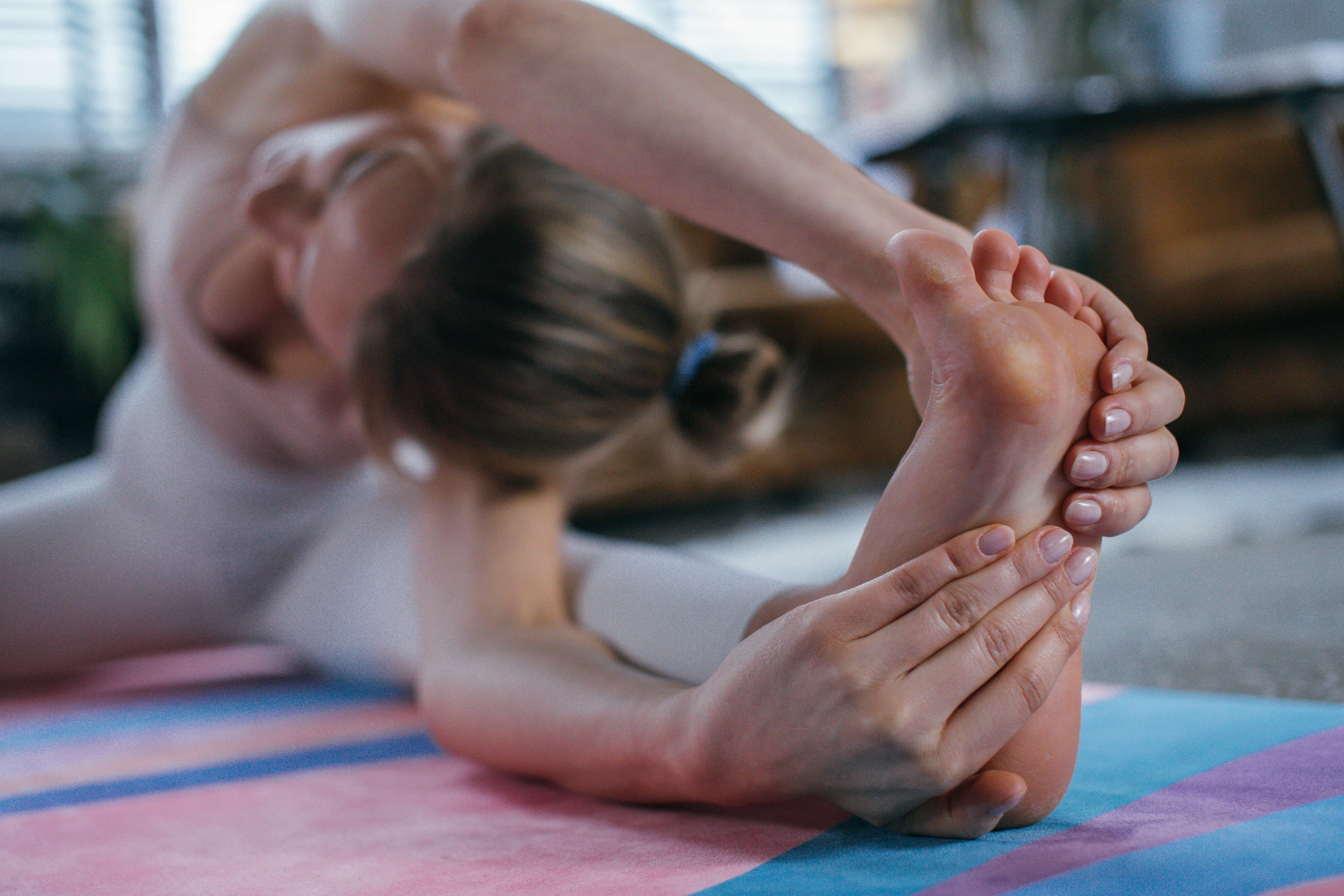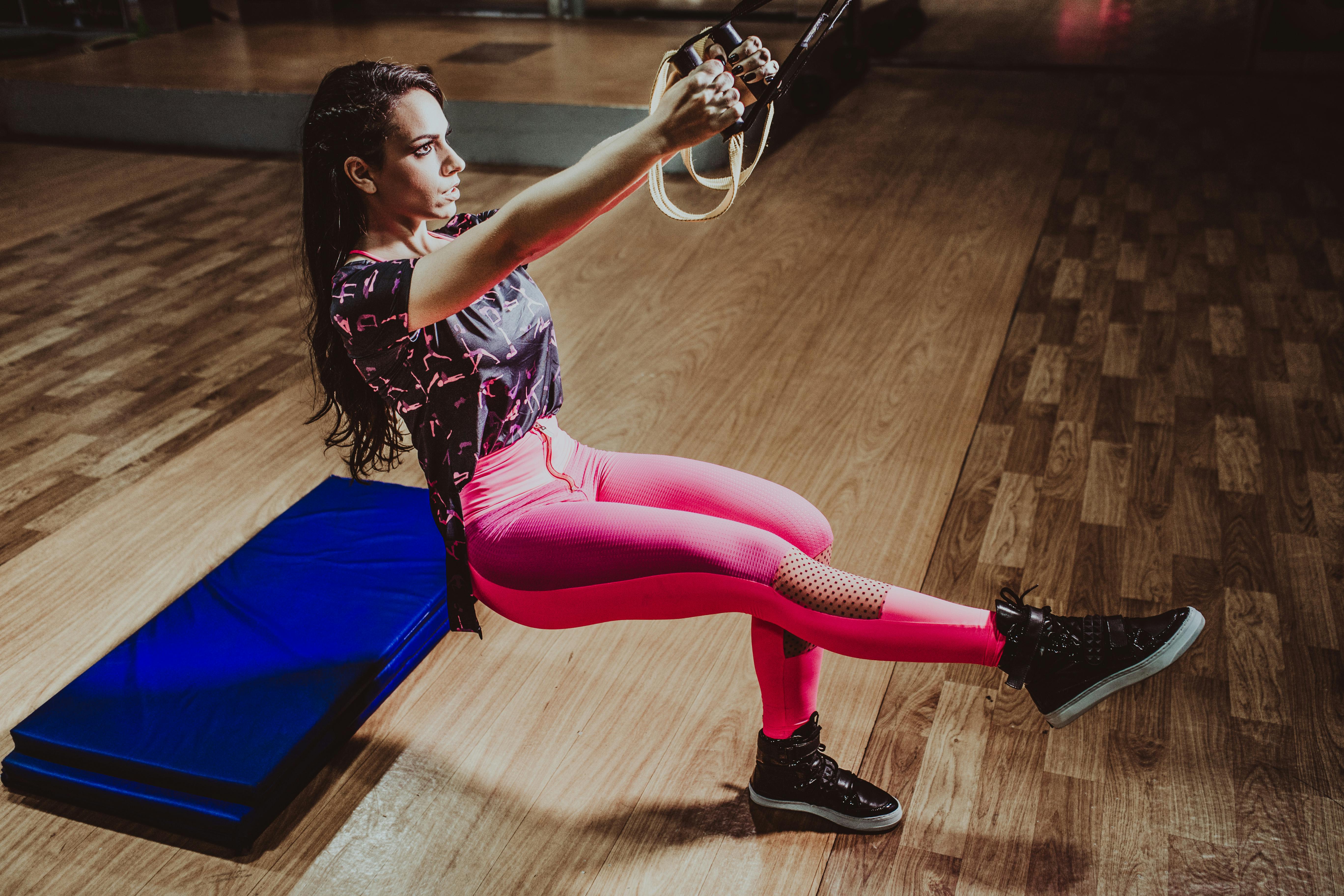If you’re like me when it comes to weight training or exercise period, you hate to miss a workout! When I started having issues with reactive hypoglycemia or idiopathic postprandial syndrome, it affected everything!
I couldn’t eat like before. He couldn’t train hard like before. I had no idea what was going on, what to do, and couldn’t seem to get a direct answer from anyone on what I should be doing … and yes, they all included my doctors!
So, I had to try to beat this on my own. The dizziness, the panic attacks, the hypoglycemic episodes, the weakness, the tiredness, the tremors, the palpitations … and, well, I did!
I didn’t get the correct formula in one day! It literally took almost 2 months for my diet to define itself and my body to adjust.
I researched everything on the net. I spoke to dietitians, nutritionists, bodybuilders, personal trainers and honestly tried to avoid doctors, they only seemed to make things worse!
In order to keep things short and do what “works” right (for me anyway), I found that a diet high in fat, protein, fiber, and very low in carbohydrates kept me from having any episodes. ! That’s how it is! My diet eliminated all my episodes for good! … but don’t ask your doctor (s) about this, because they most likely have no idea and just want to put you on a medication.
Hopefully by now you know that eating refined foods, simple carbohydrates and sugars, caffeine, and alcohol will cause you (a person with reactive hypoglycemia or idiopathic postprandial syndrome) to have an episode. However, if you’re exercising, you’re definitely going to need some carbs, right? … Complex carbohydrates, that is! … but getting the perfect amount and knowing how to eat them is key!
What I did when I first changed my diet was to stay on the ketogenic diet for about 5 days straight. (You should do more research on the ketogenic diet. Basically, it’s a diet that shifts your body from burning carbohydrates as a fuel source to burning fat as a fuel source.) I recommend not exercising and consulting someone knowledgeable about this diet (or your doctor, if they really know) before doing this.
I can’t tell you how long you will need to stay on the keto diet, it will vary from person to person. However, after you think you’ve reached ketosis (the state where your body burns fat for energy), you should be ready to reintroduce small amounts of complex carbohydrates (raw oatmeal) into your body to aid you during workouts. . . If you are going to train, and especially to train hard, you will need some type of carbohydrate.
Switching from carbohydrates as a fuel source to fat as a fuel source will not be fun at first! You will be tired, grumpy and without energy! However, her blood sugar level is stabilizing. Again, check with someone who is familiar with this diet before starting.
Now, once you have spent “x” period of time on the ketogenic diet (the amount of time depends on the person), begin consuming small amounts of complex carbohydrates in the morning, such as raw oatmeal (one-quarter to one-half cup with butter and / or coconut oil if you are weight training). The important thing here is to eat it with butter, a little heavy cream and / or a tablespoon of coconut oil. This will slow down the absorption of carbohydrates and prevent your insulin levels from spiking. This is essential to avoid a reactive hypoglycemic episode. So remember that as a general rule; Whenever you eat complex carbohydrates, be sure to eat them with fat.
Depending on your day and the intensity of your workout, you may want to have a quarter or half of a sweet potato for lunch with butter and a tablespoon of coconut oil. Along with each meal, eat some protein and fat like steak, cottage cheese, whey protein, peanut butter, etc. (I have a sample diet on my website). You should eat small, frequent meals every 2 to 2 1/2 hours. Your body will adjust and feel normal again.
Now, it’s time to exercise, what do you do? Well remember, your diet should always be adapted to your activity. So you need to eat enough carbohydrates to complete your workout (think about how long and intensity you will be training), but not so many carbohydrates that you get your body out of ketosis (the whole thing where your body burns out). fat as an energy source). Complex carbohydrates for breakfast and lunch can work well, but if you’re doing a high-intensity workout, you can try eating 2-4 glucose tablets while exercising. These tabs are made from dextrose and are immediately absorbed and will be used immediately for energy to help you get through your workout.
Now if you eat every 2 to 2 1/2 hours a day, you will eat about 7 meals a day or so, and only 2 of those meals will include small servings of complex carbohydrates depending on your workout for the day. . The rest of the meals should include foods like whey protein shakes, cottage cheese, steak, eggs, fish, bacon, almonds, peanuts, peanut butter, decaf coffee with heavy cream, etc. (For more information on a sample diet, see my website.)
There are many unknowns in all this because, obviously, each individual is different. Some people take 5 days to reach ketosis and others 10 days to reach ketosis on the ketogenic diet. Some people may do well with half a bowl of oatmeal in the morning for their workout, others may need a quarter or half of the sweet potato and glucose tablets. You will have to learn by trial and error what works for you. Keep a detailed food diary and modify your diet as needed, but remember the key points here. Don’t eat sugar, refined foods, simple carbohydrates, caffeine, or alcohol. Eat more fat, protein, fiber, and when you eat small amounts of complex carbohydrates, eat them with fat. Eat small meals for 2 to 2 1/2 hours throughout the day, and be consistent! This is the key to stopping your episodes!




Recent Comments